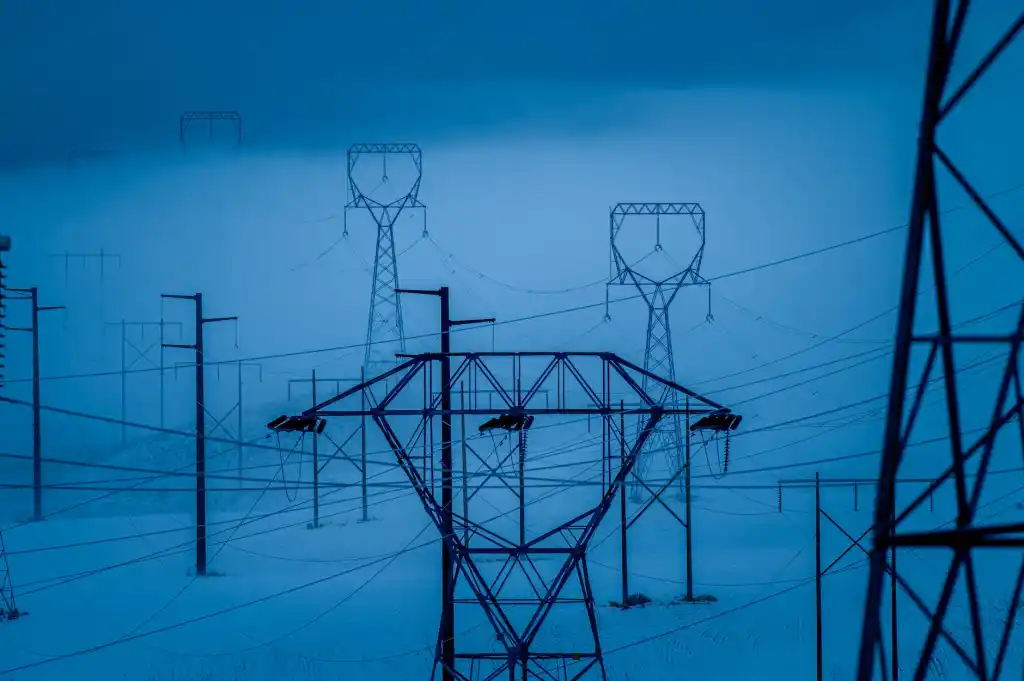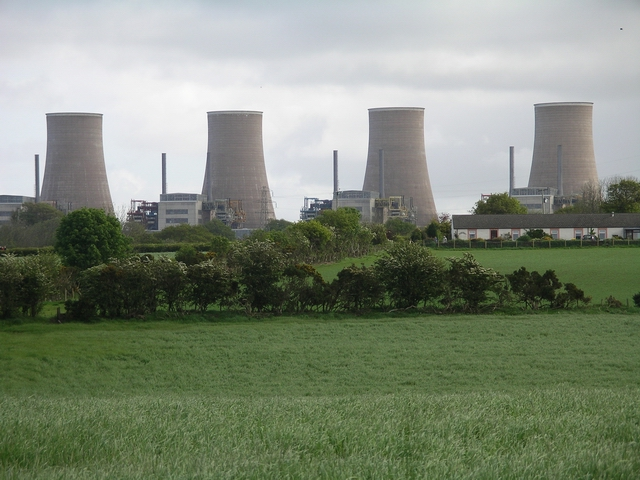Natural gas, a hydrocarbon-based fossil fuel primarily composed of methane (CH4), is one of the most common energy sources used today. It is known for its high energy content and efficiency, making it a popular choice for various applications, including heating, electricity generation, and transportation.
It originates from the remains of plants and animals that lived millions of years ago. Over time, these organic materials underwent fossilization, transforming into hydrocarbons under the Earth’s crust. This process takes millions of years, making natural gas a finite resource. Once we extract and consume it, it cannot be replenished on a human timescale. Therefore, natural gas is nonrenewable.
Nonrenewable Characteristics of Natural Gas
Natural gas exhibits several characteristics that classify it as a nonrenewable resource:
- Finite Resource: Natural gas, formed over millions of years, exists in limited quantities. Once extracted and consumed, it cannot be naturally replenished on human timescales.
- Carbon Emissions: Burning natural gas releases carbon dioxide (CO2), a greenhouse gas that contributes to climate change.
- Dependence on Geological Processes: Natural gas formation depends on geological processes that take millions of years.
Renewable Alternatives to Natural Gas
While natural gas is nonrenewable, there are renewable alternatives that can perform similar functions. These include biogas and synthetic methane.
Biogas
Biogas is a renewable energy source produced from the decomposition of organic matter such as agricultural waste, manure, municipal waste, plant material, sewage, green waste, wastewater, and food waste. This process, known as anaerobic digestion, occurs in an oxygen-free environment inside an anaerobic digester, biodigester, or bioreactor. The resulting gas is primarily methane and carbon dioxide, which can be used as a source of energy.
Synthetic Methane
Synthetic methane, also known as e-methane, is another renewable alternative to natural gas. It is produced by reacting carbon dioxide with hydrogen through a catalyst. The hydrogen is produced from water via electrolysis, preferably using renewable energy, and the carbon dioxide can be captured from the air or exhaust gases. This process converts these elements into synthetic methane, which can be used in the same way as natural gas. Interested readers might want to check our list of best books on hydrogen
Conclusion
While natural gas has been a reliable and affordable energy source for decades, the urgency of addressing climate change has prompted a global shift toward cleaner and more sustainable alternatives. As we traditionally view it, natural gas is not renewable. However, its sustainability level depends on where it comes from. Despite causing 20% less damage than other fossil fuels, the extraction of natural gas is damaging to the environment and will run out in 50+ years. Therefore, the transition to renewable energy sources is crucial for a sustainable future.



